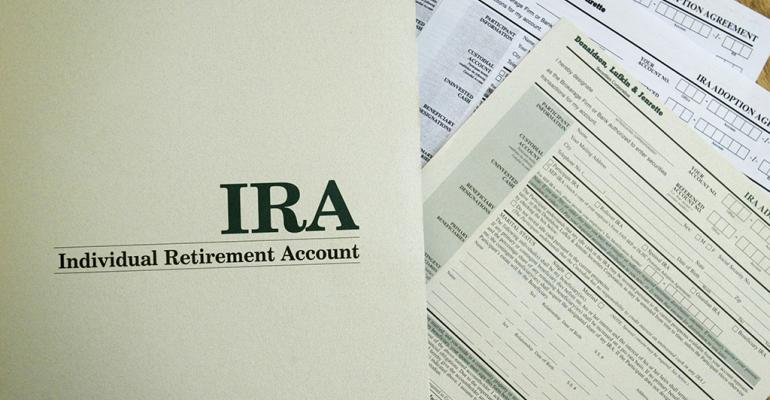Estate of Hung-Liang Lynn Lin v. Commissioner,1 discusses the income tax consequences to an investor planning for retirement who must distribute an individual retirement account early to avert potential mismanagement. The Tax Court found the full amount of the IRA distribution to be taxable as gross income under Internal Revenue Code Section 408(d)(1). It was a traditional IRA, meaning deductions had occurred up front. As such, the earnings would be taxed on withdrawal whether for a proper or improper purpose. Ignorance of the tax rules is no excuse for not following them.
IRAs vs. Roth IRAs
Investors have a choice between traditional individual retirement accounts and Roth IRAs. While the former provides up-front deductions, the latter allows for earnings to accumulate, if ultimately distributed properly, tax-free. The former tends to be for lower income tax bracket individuals. The latter tends to be for the more affluent.
Relevant Authorities
IRC Section 408(d)(1) requires amounts distributed from a traditional IRA to be included in gross income with some exceptions. IRC Section 408(e)(1) exempts earnings from income taxation during the IRA’s existence.
IRC Section 6662(a) requires a 20 percent penalty to be assessed when a substantial understatement occurs under Section 6662(b)(2). Under Section 6662(d)(1)(A), “substantial understatement” signifies an understatement higher than the greater of 10 percent of tax required to be shown or $5,000. Reasonable cause for substantial understatement and good faith can preclude the penalty’s imposition. While the taxpayer’s education, experience and sophistication are factors considered, the emphasis is the extent of effort to determine the proper tax obligation.2 Honest misunderstanding or reliance on professional advice can indicate reasonable cause and good faith.3
IRA Distribution Made
The IRS issued a deficiency of $11,711 and accuracy-related penalties of $2,342. The court had to determine whether a distribution of $56,889.95 from a traditional IRA was taxable and whether an accuracy-related penalty should be issued.
In 1987, the decedent opened two traditional IRA accounts with Paine Webber. In 2007, the IRAs were rolled over to Oppenheimer Funds, where they remained until 2012. Then, his accounts were transferred to Pro Equities as rollover IRAs. The decedent believed the representative to be engaging in transactions for charges without prior approval. He closed the accounts, issuing an IRA distribution request form to get the $56,889.95 balance withdrawn. The decedent elected not to have any tax withheld. He was over 59.5, but under 70.5 years of age on the distribution.
Taxability of Distribution
Because the decedent was over 59.5 and under 70.5 at the distribution, he didn’t qualify for an early distribution subject to IRC Section 72(t) or required minimum distribution under IRC Section 408(a)(6) and 401(a)(9).
The $24,000 contributed to the traditional IRA wasn’t in dispute as to taxability. This amount was deducted over time as part of IRC Section 219(a) traditional IRA up-front deductibility. The balance’s taxability was in issue. The full balance had to be taxed in the year withdrawn under the governing traditional IRA rules.
Worse still, the decedent was liable for accuracy-related penalties regarding substantial understatement of income tax. He didn’t deny receipt of the 1099-R from Pro Equities, indicating a taxable distribution and failed to consult a tax advisor. The decedent made no effort to determine the proper tax obligation and was, thus, subject to the penalties.
Endnotes
1. Estate of Hung-Liang Lynn Lin v. Commissioner, T.C. Memo 2017-77 (2017).
2. Treasury Regulations Section 1.6664-4(b)(1).
3. Treas. Regs. Section 1.6664-(b)(1).

